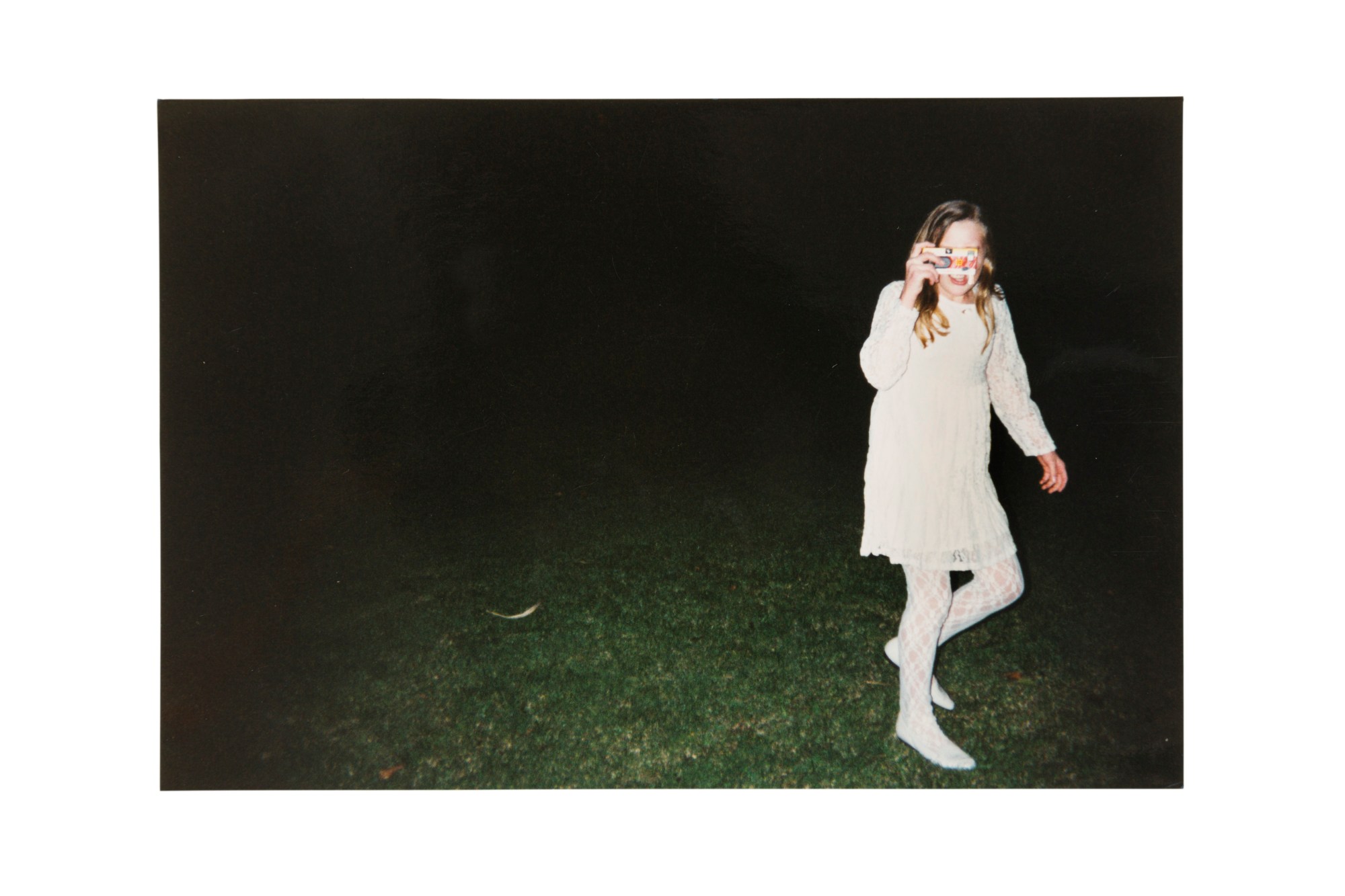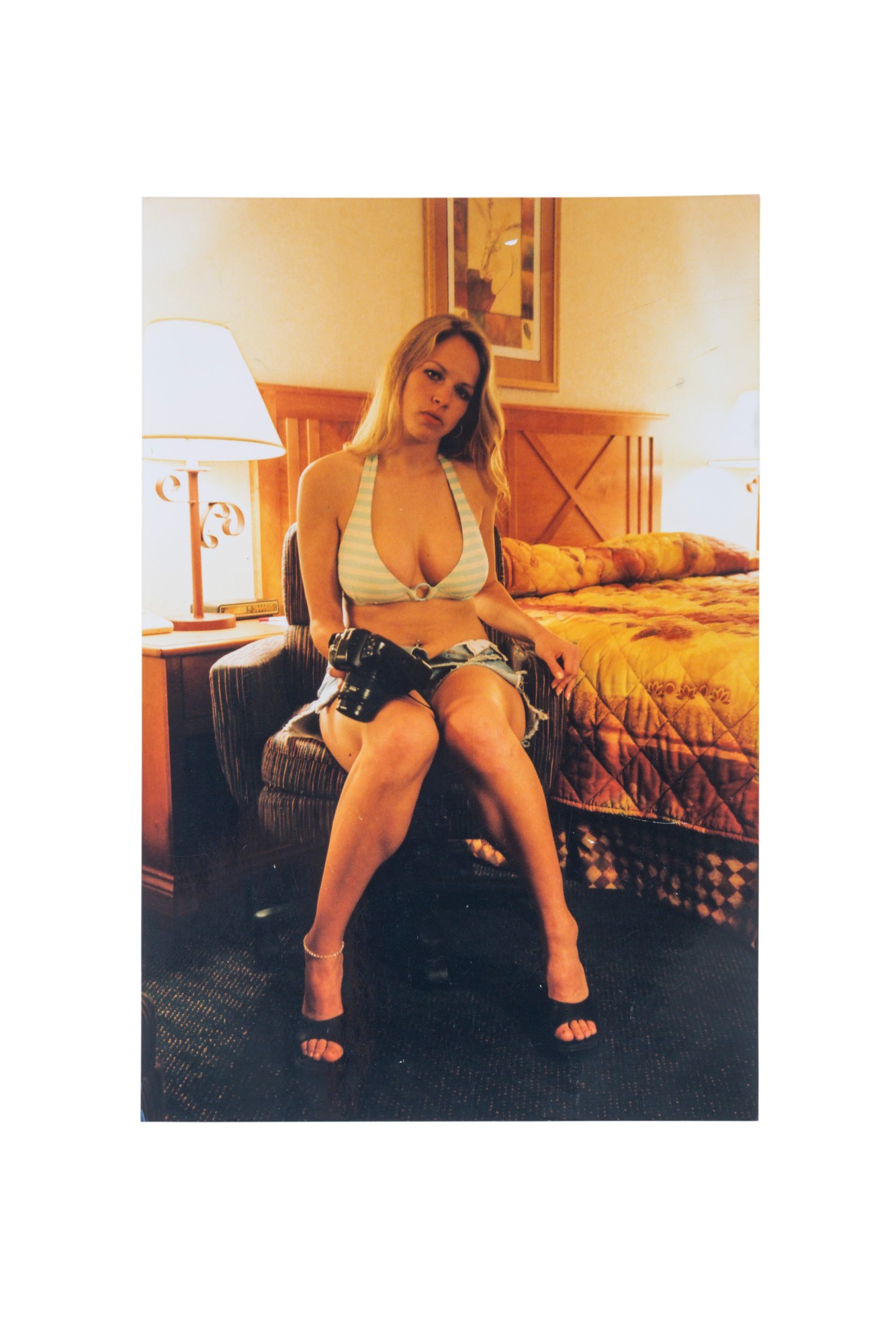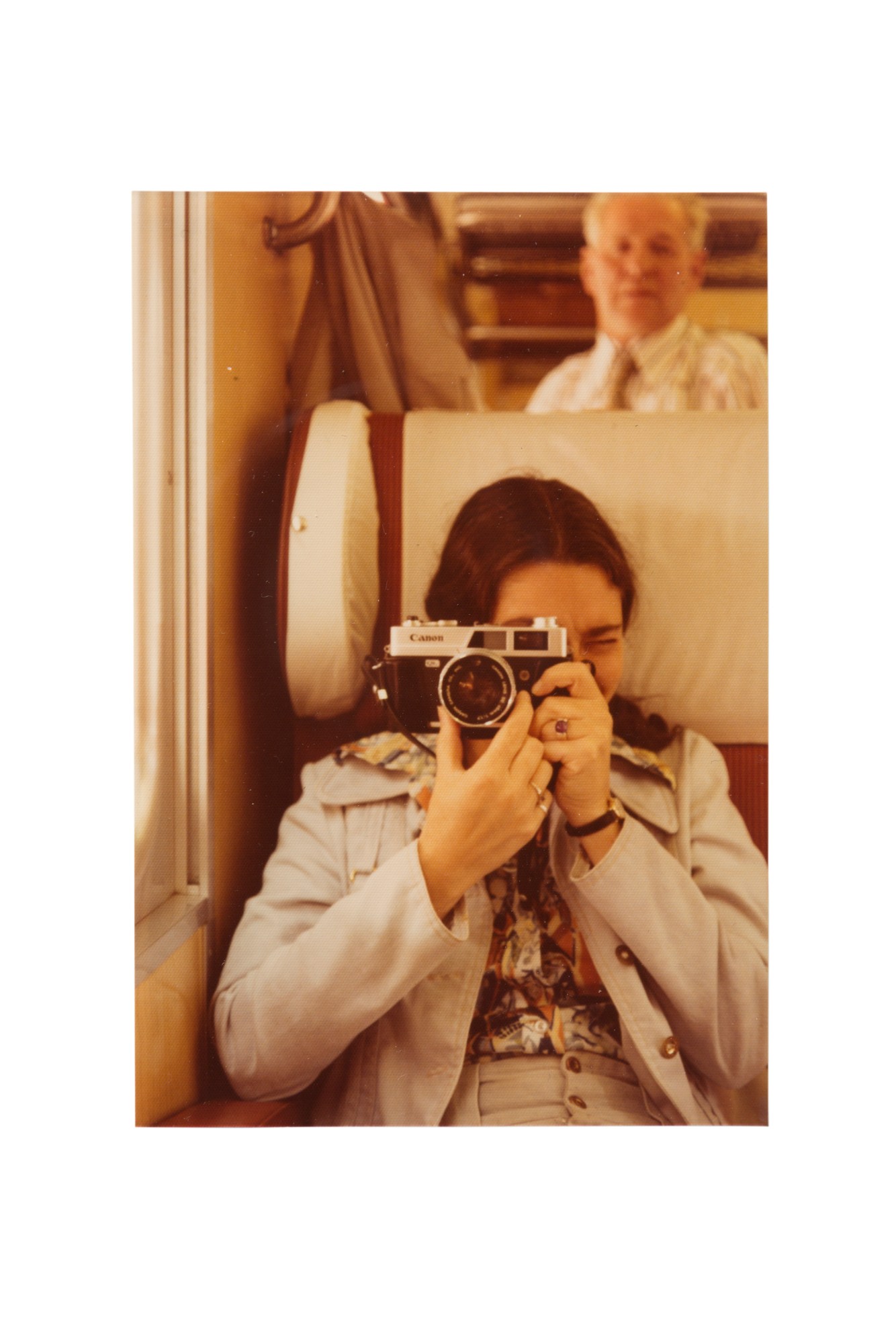Before smartphones and digital cameras, taking a photo required commitment. The lighting had to be just right, film was expensive, and images had to be developed. The sheer amount of labor made even half-okay photos valuable (yes, even mirror selfies). And yet, flea markets and garage sales abound with albums of once-cherished photos that have somehow escaped their owners’ possession. While many of those photos will end up in junk piles, a lucky few have made their way into photographer Anne Collier’s collection.
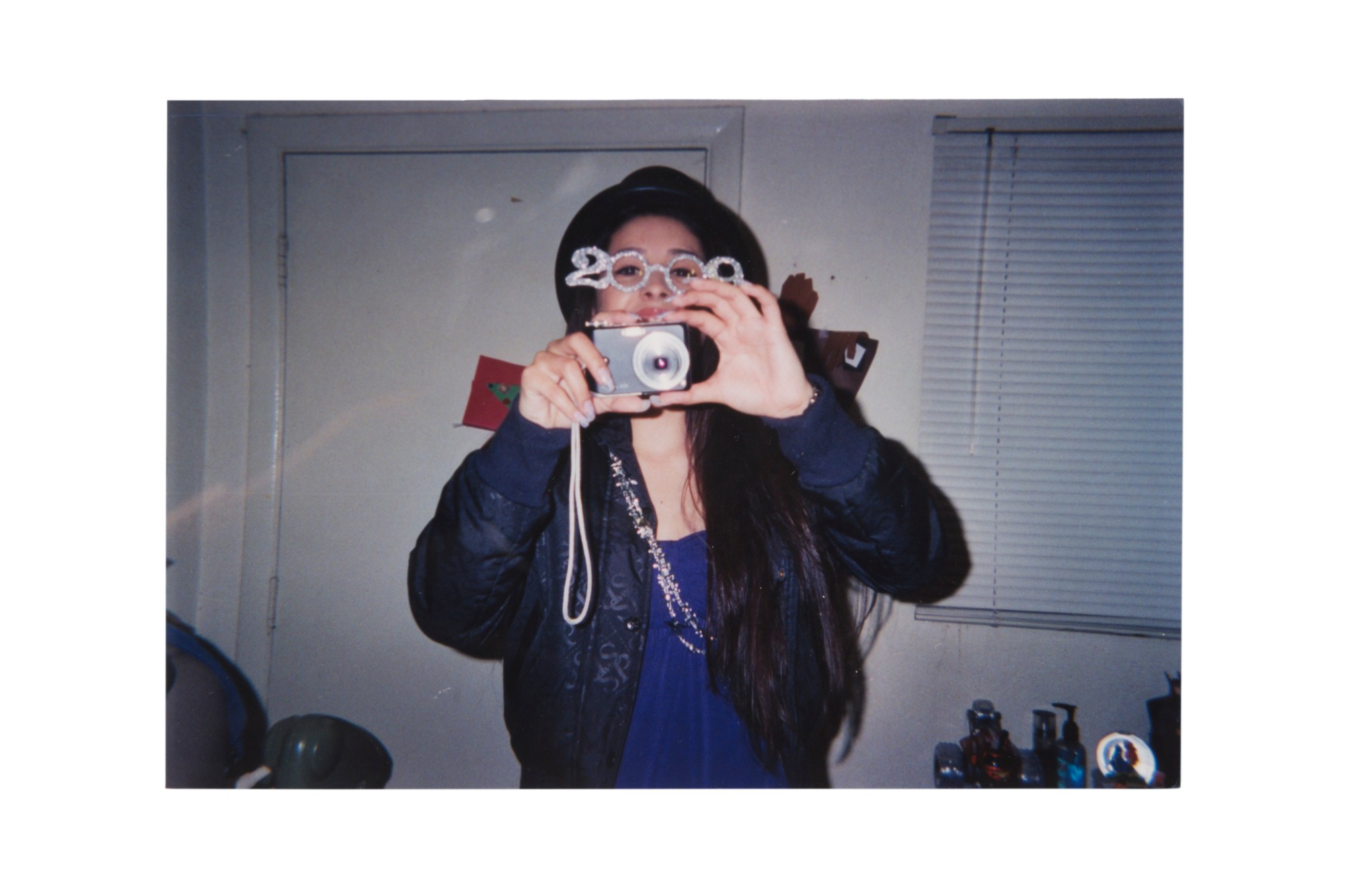
Collier is a still life photographer, but has made collecting found images a long-running artistic project. For her new book, Women With Cameras (Anonymous), photos of women taking photos became the focus of her search. The spectrum of women featured is sweeping: they represent different countries, classes, and time periods, highlighting both the commonalities and nuances of womanhood. “I think what interested me most was how common this type of image actually is,” Collier, who is based in New York, tells i-D. “I now have several hundred images of women holding cameras or in the act of taking a photograph from between the 1940s and the early-00s.”

The images in Women With Cameras can feel ghostly at times. They are deeply intimate, unearned glimpses into strangers’ lives. They capture birthday parties, trips to the park, and mothers playing with their kids. Collier does not disclose the years in which the photos were taken, how she found them, or, for that matter, any background information. The pictures are all we get. At times, this lack of information can breed a frustration unfamiliar to most internet users. With enough sleuthing, a story can be pieced together for almost any image found on the internet in 2018. With Collier’s images, we have no choice but to parse the photographs themselves for meaning. “All of [the book’s] subjects are anonymous, unknown to the viewer and me, but the images themselves represent common scenarios,” Collier explains. “They are the type of image that we might have taken ourselves, e.g. someone taking a photo of a friend taking a photo. So at once they are very ‘specific,’ but also general enough to become ‘universal.’”

Today, Google and Wikipedia have created the impression that every moment of the past can be given a coherent narrative. But Women with Cameras reminds us that not everyone’s story has been scanned, uploaded, and archived. “The fact that all these images have been abandoned is ultimately, for me, very important,” Collier says. “Coming across someone else’s family photographs at the flea market can be a very melancholic and often very moving experience.”
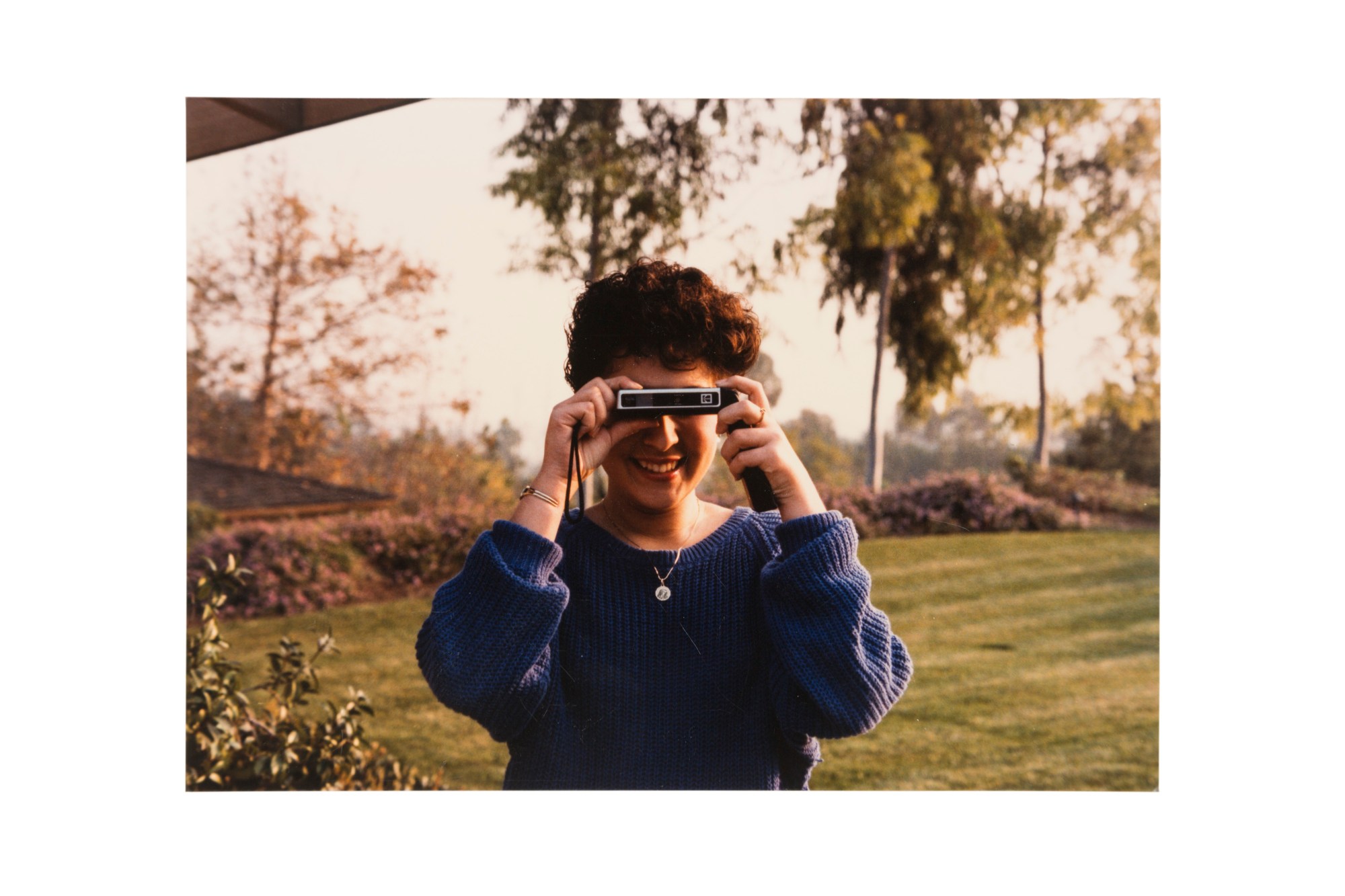
It’s mesmerizing to flip through Women With Cameras and see how representations of womanhood have changed over five decades. The fashion moments tell a lot: a 70s mint-blue blouse and a Polaroid, a minimalist 80s sweater paired with a sleek instant Kodak camera, a pair of plastic “2000” New Year’s glasses and a clunky digital camera. Perhaps the one thing that stays constant: the subjects’ apparent joy in photographing their lives.
You can purchase a copy of Women With Cameras (Anonymous) here.



